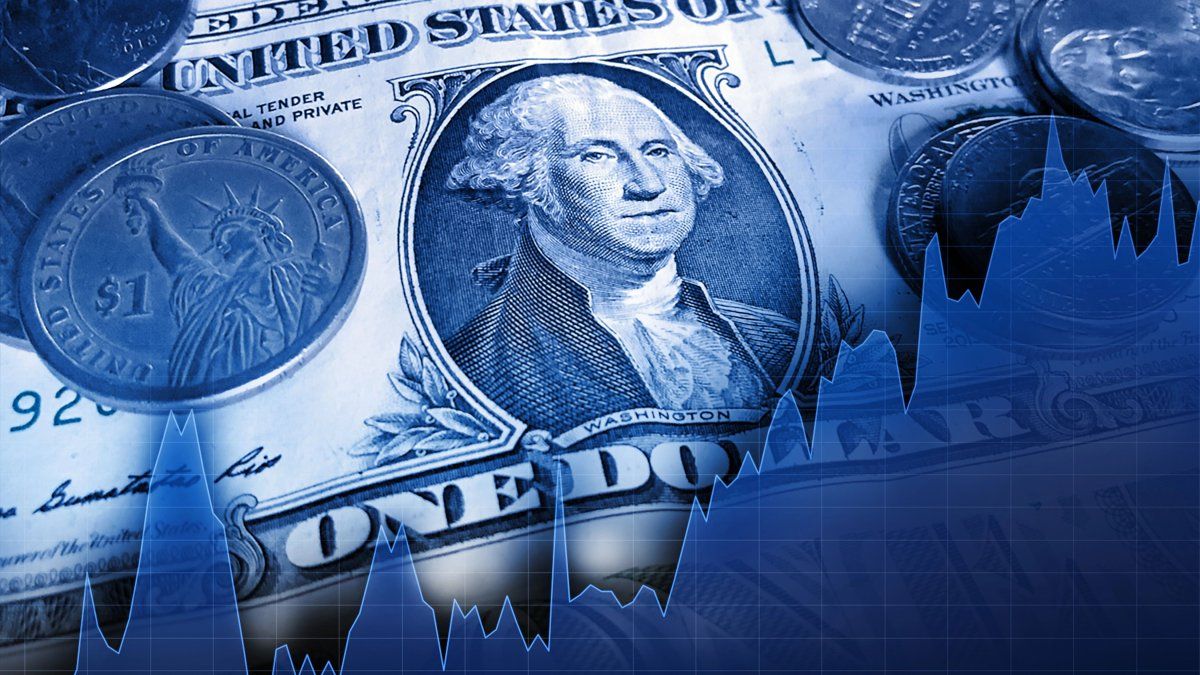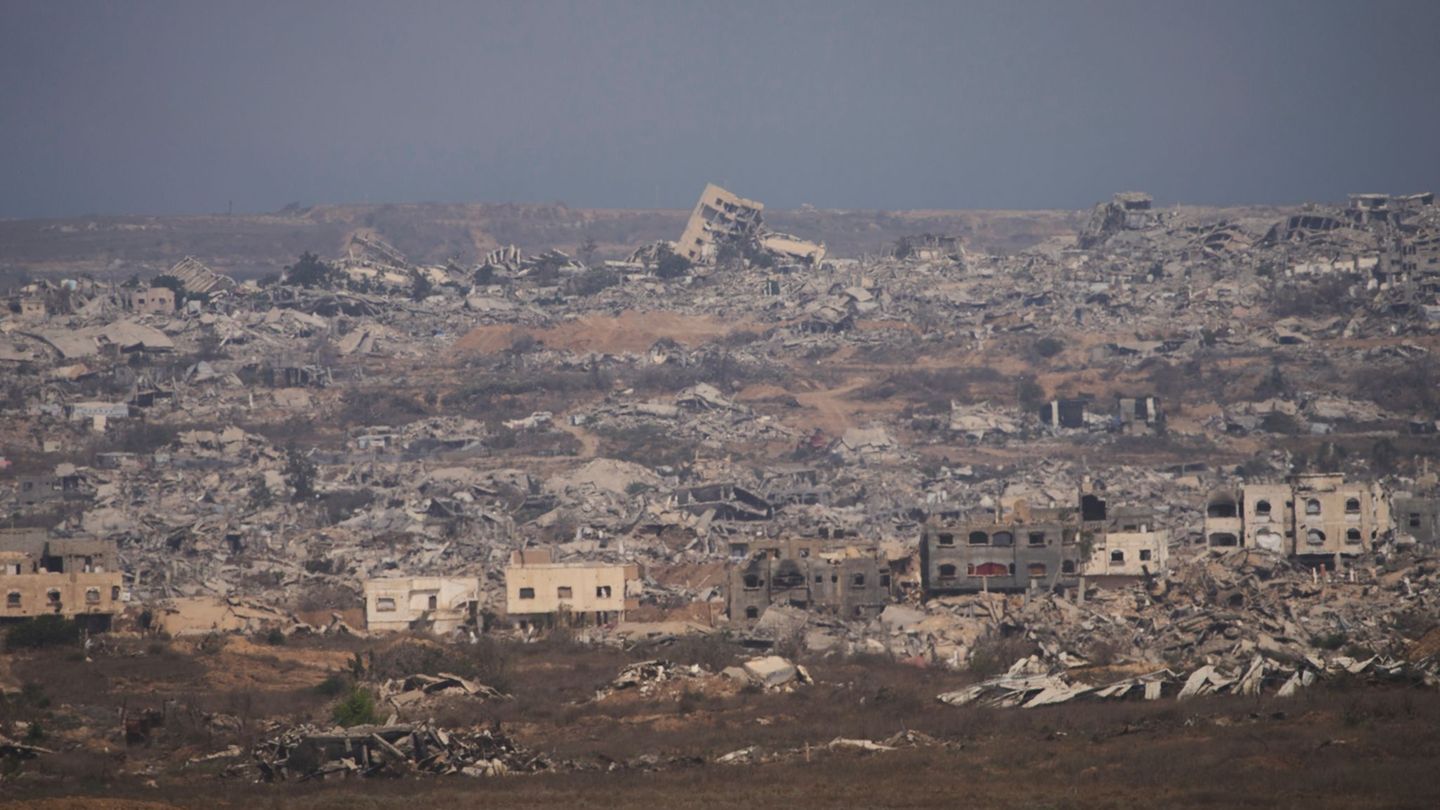While the government celebrates some tax achievements and maintains a stability speech, the hard data of the external front become increasingly disturbing. In particular, The exchange market is starting to show symptoms that the months before the 2018 exchange runs are strongly remembered. Despite the BCRA interventions, the official dollar broke the barrier of $ 1,280 on July 7, exceeding the “roof” of $ 1,200 that had been tried to maintain through sales in the futures market for US $ 1,537 million in May YU $ 500 million in June.
In parallel, the demand for dollars from human persons reached in May US $ 2,262 million, a level that was not seen since 2017. The current account deficit already exceeds US $ 5,000 million in the first quarter of the year- how much will the second quarter be? -, and a depreciation is projected that could reach between 5% and 6% monthly in the weeks prior to the elections. Are we facing inevitable correction? Or will it be possible to stretch the exchange anchor until October and avoid collapse?
The exchange rate under pressure: alarm signals
The dynamics of the official dollar in recent weeks lit red lights on the financial board. On July 7, the official exchange rate crossed the $ 1,280, leaving behind the level of $ 1,200 that the BCRA had defended with increasing interventions. This pressure is explained by multiple simultaneous factors:
The return of the 2018 ghosts
These elements are not novel. In 2018, the Government of Mauricio Macri (with the same economic team) faced a similar process: fragility of debt in pesos, disarmament of positions in Lebac (which remain the same, but in Treasury titles), exhaustion of international reserves, and finally an abrupt jump of the change rate with devastating consequences for inflation and the level of activity.
The worrying thing is that parallels are not limited to the superficial. In both cases:
- An artificially low exchange rate was supported by intervention in futures.
- The local debt in pesos began to show difficulties to be renewed.
- The retail demand of dollars shot after the partial liberalization of the market.
- There were episodes of “electoral dollar” with strong correlation in the inflation of tradable goods.
The difference, perhaps, is that in 2025 social and fiscal conditions are even more precarious, which would make an eventual repetition of the crisis have more severe and extended effects.
External deficit and structural scarcity of currencies
In macroeconomic terms, one of the most relevant factors is the deterioration of the current account. According to official data, the external deficit reached US $ 5,000 million in the first quarter of the year. Only in May, the “box” deficit was US $ 724 million, not counting extraordinary income from agriculture advances. That is, even in traditionally overcoming months for seasonality, the Argentine economy demands more dollars than it generates.
This imbalance is reflected not only in the evolution of the exchange rate, but also in the net reserves of the BCRA, which have shown a descending trend. The accumulation goals of reserves agreed with the IMF appear as extremely difficult to achieve, even assuming new sections of indebtedness.
The electoral dilemma: postpone or correct
As the mid -term elections approach, the economic team faces a crossroads: maintain the “stable” exchange rate until October or anticipate a correction before the overflow is uncontrollable.
Officials bet on the first option. In its optimistic scenario, the official dollar would close the year about $ 1,370. However, private estimates, in the event that the Government achieves a broad victory in October, foresee a post -election correction that could take the exchange rate to levels of $ 1,500 or even $ 1,700.
On the other hand, if the ruling party suffers a defeat or a weak result, the scenario becomes binary: on the one hand, it is speculated with an exit from Minister Luis Caputo; On the other, an episode of mass disarmament of positions in pesos by the banks is feared, in case the fixed deadlines and public titles fail to be 100%role -played.
The run “From within”: Retailers vs. BCRA
A central aspect of the new exchange cycle is the behavior of the individual savers. With the departure of the stocks and the partial liberalization of access to the official market, the demand for foreign exchange by human persons climbed to US $ 2,262 million in May. This figure resembles the values of 2017, just before the start of the crisis.
This process progressively erodes the BCRA’s ability to intervene. Each sale of reservations to sustain the exchange rate has a cost in terms of credibility, maneuvering margins and compliance with the IMF.
At the same time, the acceleration of the nominal devaluation (projected at 4% -5% monthly for the third quarter) exceeds core inflation, generating a “mirror effect” on prices and expectations. In this context, exchange backwardness ceases to be an anchor and transforms into a systemic risk.
Conclusion: The clock is already running
Argentina is reissued, with nuances, many of the conditions that gave rise to the crisis of 2018. It does so with less social mattress, lower external credibility and in a context of growing global volatility. Economic policy seems to have chosen to stretch imbalances until October, hoping that the electoral result enables a more orderly correction.
But the economy has its own times. If the market decides to anticipate, or if a bad tender is combined with a new wave of retail demand, the system can enter tension long before planned.
What is at stake is not only the exchange rate, but macroeconomic stability as a whole. An abrupt jump of the dollar could destroy how little is left of nominal anchor, firing inflation again and causing a new recession of magnitude.
Faced with this panorama, the 2018 lessons should not be forgotten. The denial of the problem does not avoid its arrival. Just postpone it … until the market, like so many times, puts things again.
Director of Esperanza Foundation. Postgraduate professor at UBA and private universities. Master in International Economic Policy, Doctor of Political Science, author of six books.
Source: Ambito
David William is a talented author who has made a name for himself in the world of writing. He is a professional author who writes on a wide range of topics, from general interest to opinion news. David is currently working as a writer at 24 hours worlds where he brings his unique perspective and in-depth research to his articles, making them both informative and engaging.




